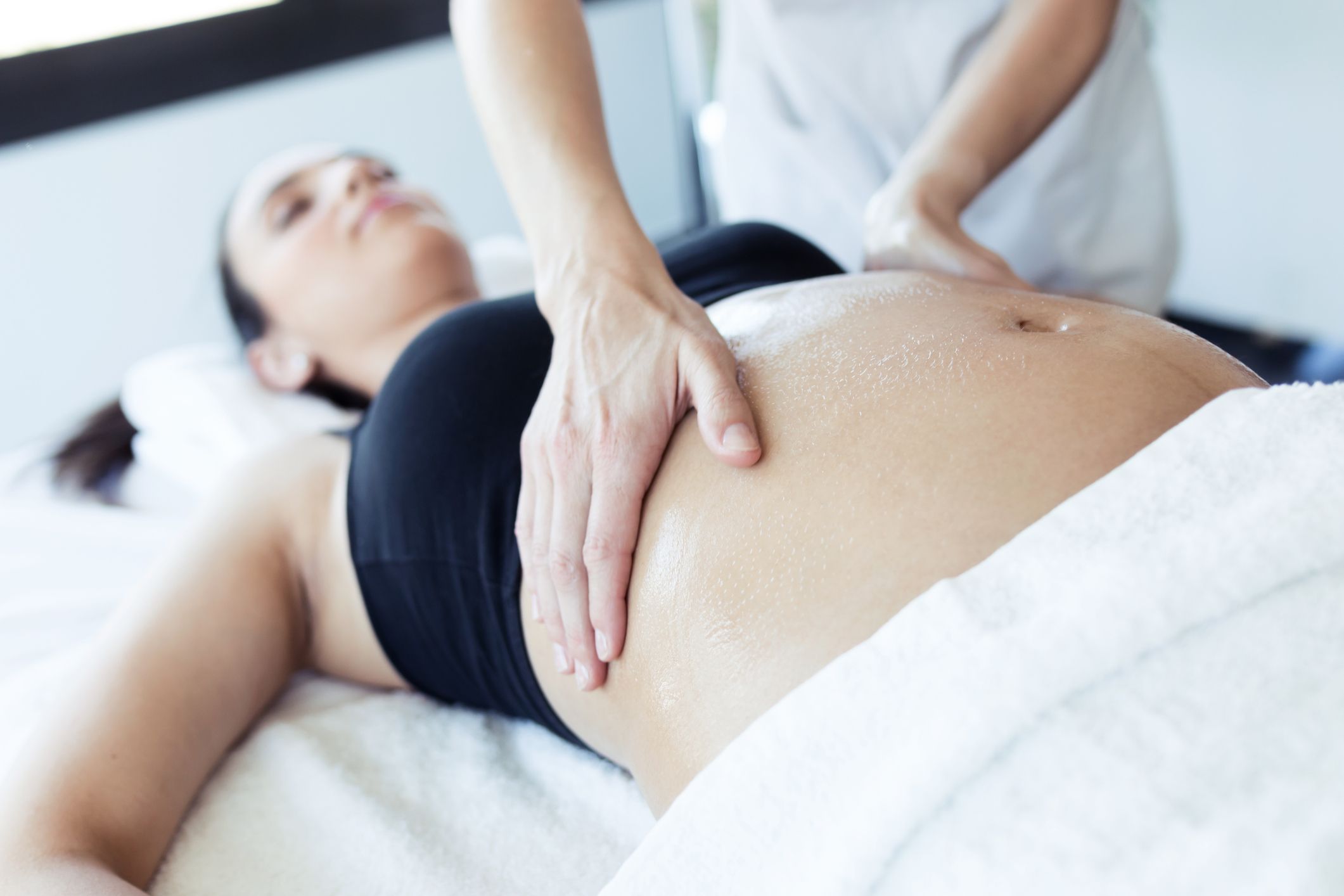Pregnancy is one of the most transformative times in a woman’s life. As the body prepares to bring new life into the world, aches, pains and general discomfort often accompany this period of great change. This is where self-massage techniques come into play – these self-help techniques are fantastic tools for managing stress, reducing pain, and promoting overall wellbeing during pregnancy.
However, it’s important to remember that while self-massage can be extremely beneficial, professional guidance is equally important. A trained therapist such as those providing pregnancy massage Sydney can provide a tailored massage experience, catering to your unique needs during this special time.
What is Self-Massage?
Self-massage is a holistic, non-invasive practice of manipulating your body’s soft tissues to enhance physical health and emotional well-being. By applying pressure to various parts of the body, self-massage can stimulate blood flow, reduce muscle tension, and alleviate common discomforts associated with pregnancy.
Why Self-Massage During Pregnancy?
Pregnancy brings an array of physical changes that can lead to discomfort. Hormonal shifts can cause mood swings, and as the baby grows, your centre of gravity changes, leading to posture adjustments and possible back pain. Self-massage techniques, when done correctly, can provide significant relief from these discomforts.
Techniques for Self-Massage During Pregnancy
Before you begin, ensure you’re in a calm, comfortable space. Use oils or lotions to assist with the massage if you prefer. Now, let’s explore some techniques:
- Neck and Shoulder Massage
Sit comfortably and place your hand on the opposite shoulder. Gently squeeze the muscle between your neck and shoulder, moving your hand along the muscle. Do this a few times on each side.
- Back Massage
Use a tennis ball or a similar object for this technique. Stand against a wall and place the ball between your back and the wall. Move your body up and down, allowing the ball to roll along your back muscles.
- Foot Massage
Sit comfortably and rest one foot on the opposite knee. Use your hand to gently press and knead the bottom of your foot – this can be particularly helpful for swollen feet.
- Leg Massage
While sitting, use both hands to gently stroke your leg from ankle to knee, then from knee to thigh. Repeat this a few times for each leg.
- Belly Massage
This technique requires gentleness – apply some lotion or oil to your hands and gently massage your belly in a circular motion.
Precautions to Consider
Remember, while self-massage can be beneficial, it’s important to consult a healthcare professional before starting any new practices during pregnancy. Some areas of the body should be avoided or treated with extra care during massage to prevent any complications.
The Role of Professional Massage Therapies
Though self-massage offers numerous benefits, there is no substitute for professional care. Professionals are trained to address specific pregnancy-related issues and can provide personalised treatments in a safe, soothing environment.
To conclude, self-massage is an effective tool to combat the discomforts of pregnancy. It allows you to connect with your changing body and provides you with the means to alleviate discomforts at your own pace. Remember to seek professional guidance, both for learning self-massage techniques and for a specialised treatment that self-massage alone cannot offer.
Enjoy this special time and remember – your body is doing something truly amazing. Honour it with the care it deserves!


